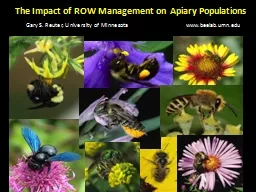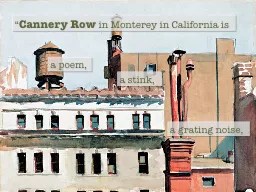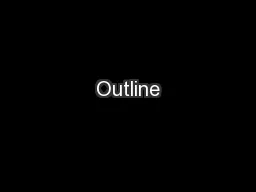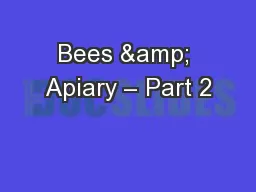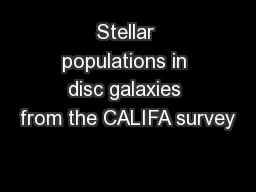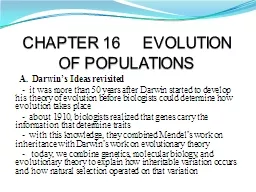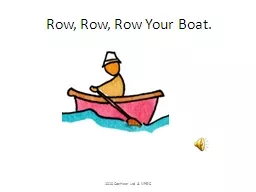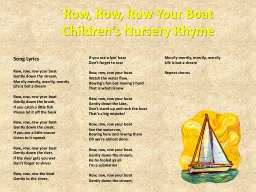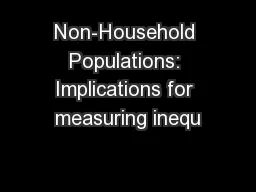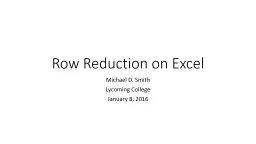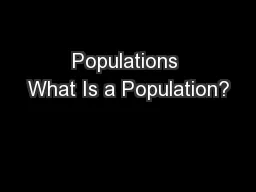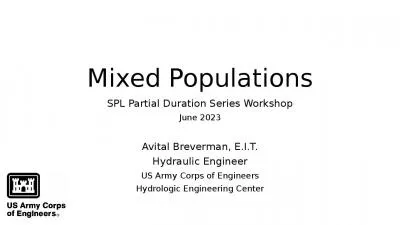PPT-The Impact of ROW Management on Apiary Populations
Author : tatyana-admore | Published Date : 2016-06-19
Gary S Reuter University of Minnesota wwwbeelabumnedu Your breakfast without bees Scientific American April 2009 V alue of crops in US that depend on pollination
Presentation Embed Code
Download Presentation
Download Presentation The PPT/PDF document "The Impact of ROW Management on Apiary P..." is the property of its rightful owner. Permission is granted to download and print the materials on this website for personal, non-commercial use only, and to display it on your personal computer provided you do not modify the materials and that you retain all copyright notices contained in the materials. By downloading content from our website, you accept the terms of this agreement.
The Impact of ROW Management on Apiary Populations: Transcript
Download Rules Of Document
"The Impact of ROW Management on Apiary Populations"The content belongs to its owner. You may download and print it for personal use, without modification, and keep all copyright notices. By downloading, you agree to these terms.
Related Documents

